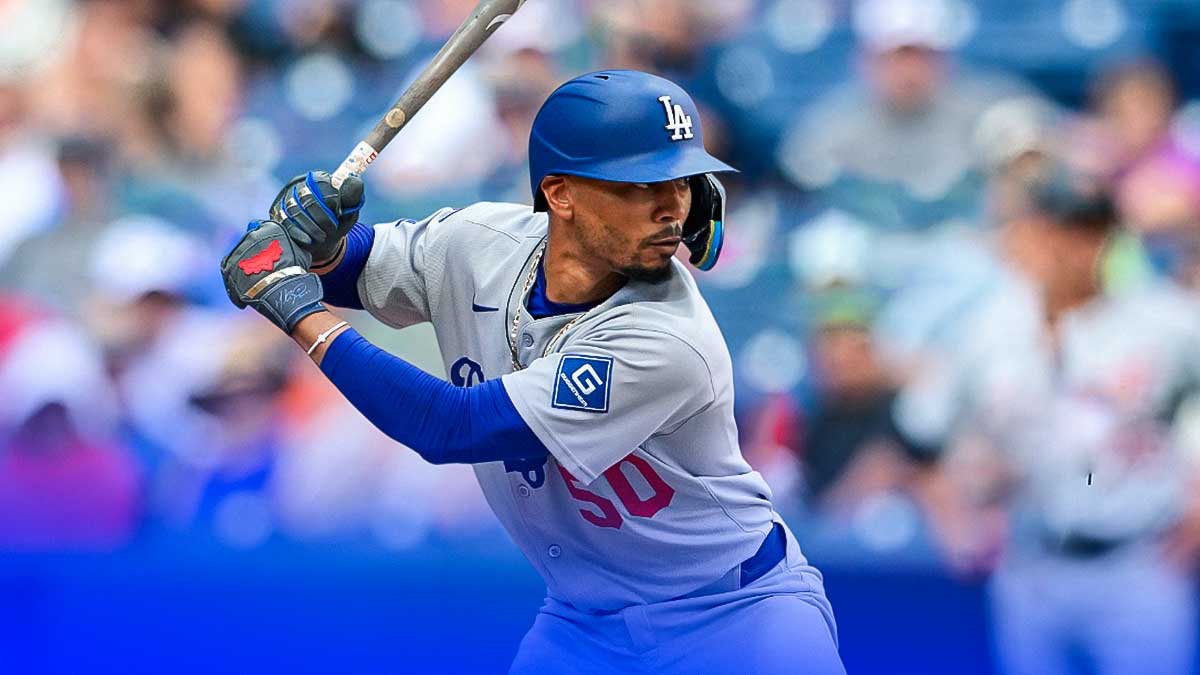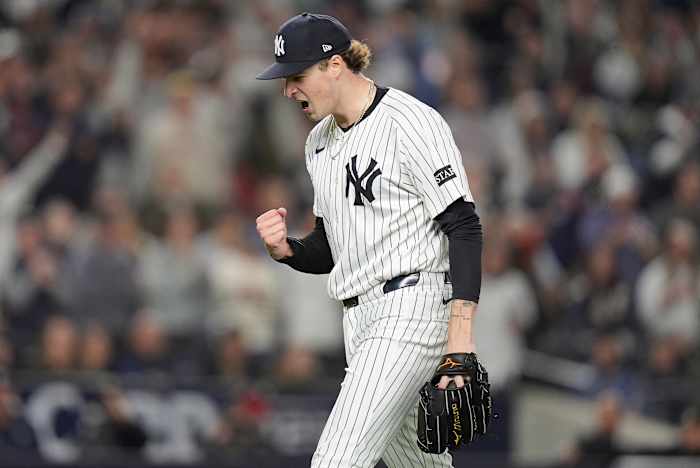The Los Angeles Dodgers are poised to answer back in Game 2 because their foundation remains intact. Elite starting pitching, a layered offense, and an October-tested core continue to drive outcomes over a seven-game series. One wild inning does not rewrite a team’s identity.
The opener tilted on a nine-run avalanche, not a sustained talent gap—that is why the correction is coming now. The matchup turns on the mound, where command and contact suppression carry the day. It also comes down to approach, where patient at-bats force mistakes from good pitchers.
The Toronto Blue Jays landed the first punch, but the next move belongs to a club built to absorb it and stabilize the pace. Game 2 fits seamlessly into the Dodgers’ preparation rhythm and travel routine—an often-overlooked advantage in a best-of-seven series. They’ve shown poise away from home all postseason, winning four of their last five road games and outscoring opponents 26-11 in those contests.
This consistency translates into sharper timing, visible in first-pitch swings and two-strike takes. Expect early steals of ninety feet, hit-and-run pressure, and improved defensive positioning on balls to the gaps. Small tactical wins stack up into run prevention and extra outs.
The bench provides matchup solutions as well, offering late-inning contact bats and premium outfield defense if needed. With cleaner lanes for leverage arms and a calmer strike zone, the path to a tight win becomes clear.
Yoshinobu Yamamoto shifts the entire run environment. The right-hander owns a 2-1 record with a 1.83 ERA and 18 strikeouts in three appearances this postseason. That profile matters for two reasons: first, he wins with pitch one, then expands his arsenal with a late-biting splitter that kills lift; second, he keeps innings small. Traffic does not pile up when barrels are muted and the strike zone remains firm.
Kevin Gausman brings pedigree and a splitter-first plan of his own, but the Dodgers’ lineup has years of experience facing his sequencing. That matters in October. Veteran hitters shrink the zone, wait out chase pitches, and punish misses up in the strike zone. A few long at-bats early can flip leverage by the fourth inning.
On offense, the Dodgers’ plan is steady and targeted. Shohei Ohtani, Mookie Betts, and Freddie Freeman set the tone with selectivity and quality contact. Will Smith anchors the middle of the lineup with line drives that move runners. Teoscar Hernández and Max Muncy can change innings with one mistake.
Kike Hernandez, Tommy Edman, and Andy Pages bring speed and gap pressure from the back third of the order. This isn’t a star-or-bust lineup; instead, it applies stress across nine spots until a pitcher blinks.
Game 1 saw stranded chances, but that tends to normalize quickly—especially against a right-hander the Dodgers’ roster understands. One clean swing early forces the opponent to play uphill against a starter who erases crooked numbers.
Structure and experience close the case. Manager Dave Roberts manages best when his starter banks the first six innings. Bullpen roles then sharpen and hold steady. The defense is crisp, turning contact into outs.
The dugout’s mantra after losses is simple and enduring: flush it, fix it, move on. That is why single-game noise never becomes a narrative. The odds of another nine-run inning against this staff sit near zero, while the chances of a disciplined rebound rise with every first-pitch strike and every deep count.
The matchup on the mound favors the Dodgers. Familiarity at the plate favors the Dodgers. Poise under bright lights favors the Dodgers.
Expect a measured response, cleaner run prevention, and a flight back to California with the series even.
Shohei Ohtani continues to tilt games in both quiet and loud ways. He leads the club in home runs this postseason with six and shares the team lead with eleven RBIs. He left Game 1 with a two-run shot, and his work on the mound remains strong, with nineteen strikeouts across twelve playoff innings.
Power, plate discipline, and mound presence make Ohtani the likeliest tone setter in Game 2.
https://clutchpoints.com/mlb/los-angeles-dodgers/why-dodgers-will-bounce-back-game-2-world-series



